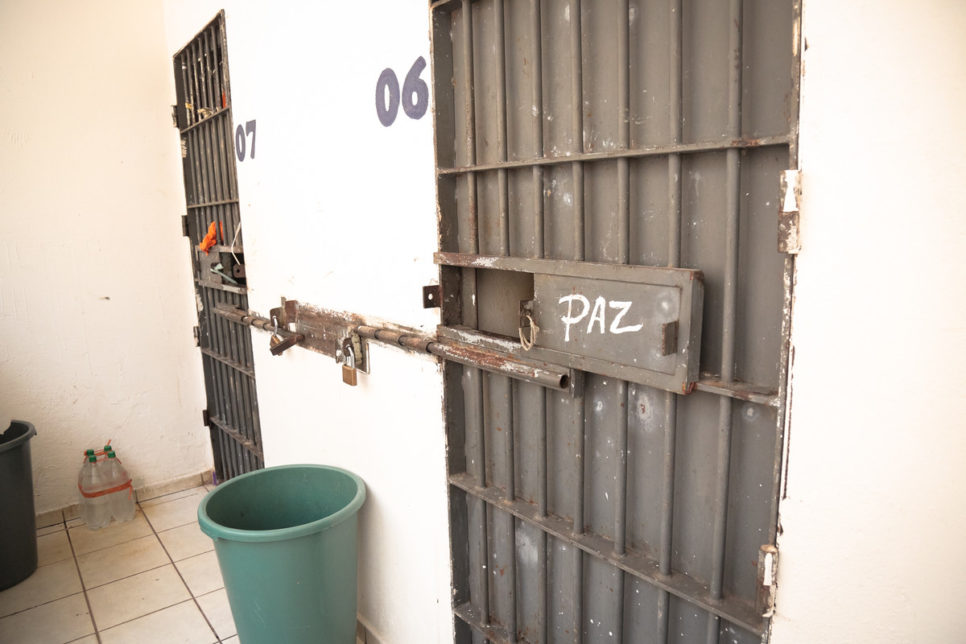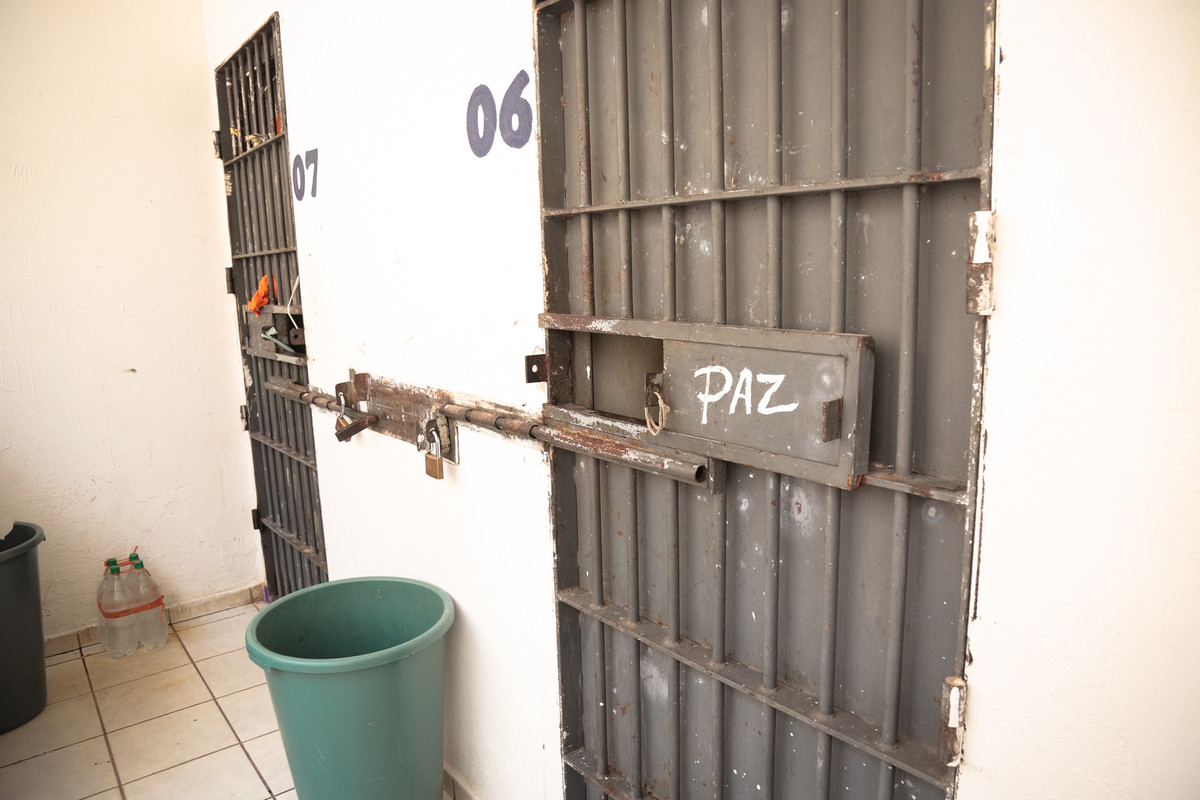Undue control of judges
 The dismissal of judge Roberto Corcioli was denounced by Conectas this Monday, June 22, at the 29th session of the UN Human Rights Council, in Geneva. The judge was arbitrarily removed from the 14th Criminal Court in September 2014 for handing down alternative sentences to imprisonment – which displeased the Public Prosecutor’s Office and senior officials at the São Paulo State Judiciary.
The dismissal of judge Roberto Corcioli was denounced by Conectas this Monday, June 22, at the 29th session of the UN Human Rights Council, in Geneva. The judge was arbitrarily removed from the 14th Criminal Court in September 2014 for handing down alternative sentences to imprisonment – which displeased the Public Prosecutor’s Office and senior officials at the São Paulo State Judiciary.
According to prosecutors, the “guaranteeist” profile of the judge – more concerned with the procedural and constitutional guarantees of the defendants whose cases he was hearing – should be grounds for dismissal. The State Court took the matter in hand and removed the judge from the court, alleging that he was not acting in accordance with what was “expected”. The judge took his case to the CNJ (National Justice Council), which sided with him, but the State Court appealed to the Supreme Court and an injunction issued by Justice Rosa Weber suspended the effects of the Council’s decision. The case is now awaiting a definitive judgment in the Supreme Court.
This episode recently prompted Conectas to present an amicus curiae to the Supreme Court contesting its arguments.
Read more
In an oral statement in the UN, the organization pointed out that the case demonstrates how the lack of impartial and objective criteria for appointing and transferring auxiliary judges has undermined judicial independence in the country.
“In Brazil, judges are being removed from office on account of rulings that do not please the court’s senior officials. This is a serious violation of constitutional and international norms that guarantee judicial independence – a guarantee that prevents the interference of political or economic interests in court decisions,” said Paulo Lugon, a representative of Conectas.
The organization also stressed that the lack of independence has even more harmful effects in the field of criminal justice, since it contributes to mass incarceration and, consequently, increases the violations that occur every day in the country’s prison system.
Click here to read the oral statement.






